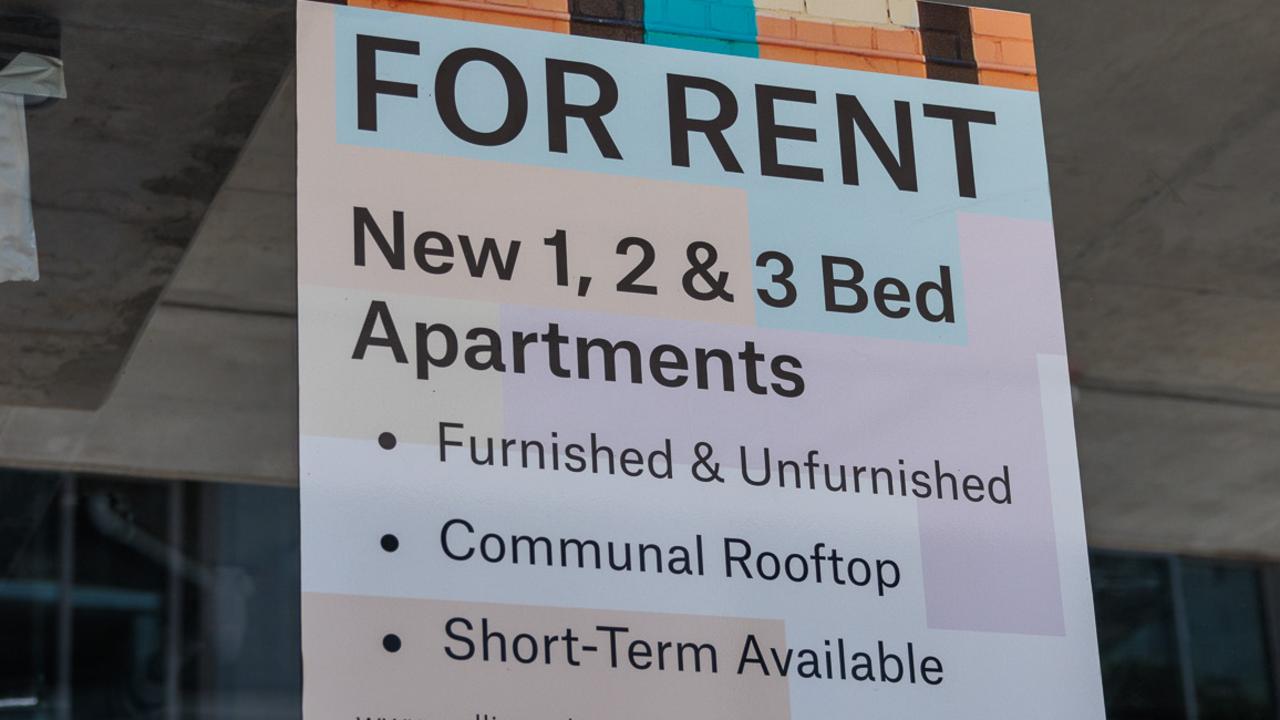Australia’s very own Detroit: Seismic shift ahead as industries die off
WITH old industries on their way out, one state is undergoing a radical change. The effects on people living there could be devastating and long-lasting.
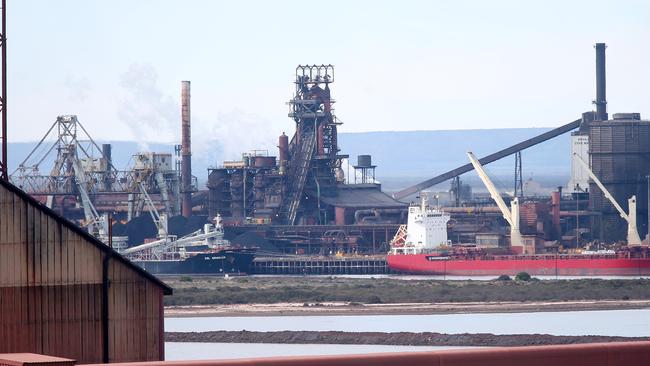
WHAT is happening to Australia’s fifth biggest state? South Australia has had a run of bad luck that could hurt it for a long time.
Last week a big steelmaking business in South Australia went into administration. Every ten people in Whyalla works for Arrium, and Whyalla is South Australia’s fourth biggest town.
With the company in administration, it could soon be a ghost town.
But the problem is even bigger than that. What happens if Whyalla does empty out? The citizens drive a few hours along the gulf to Adelaide (passing through Port Augusta, where the power plant is scheduled for closure and demolition.)
They will find that the capital of Australia’s festival state is hardly feeling festive right now.
NOT MUCH TO CROW ABOUT
South Australia’s unemployment is now the highest in the nation and Adelaide is at the crux of the problem.
The city recently missed out on a shipbuilding contract that went to Spain, and Holden has perhaps 18 months left until it shuts down car-making in Australia forever.
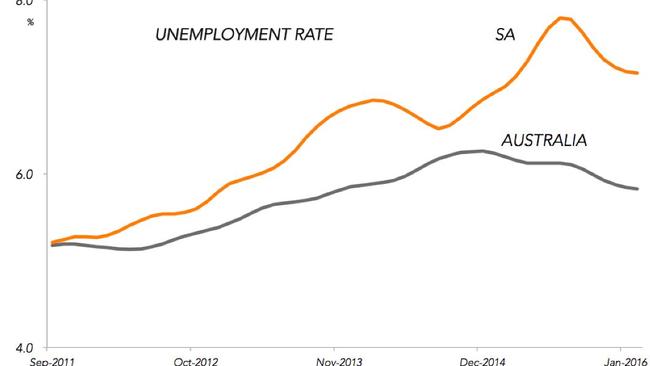
Automotive component makers are already closing, causing big job losses. There are also doubts over whether the federal government will build submarines there.
This is what economists call structural change. Old industries like steelmaking and car-making are on the way out.
Overall, the economy can end up “better off.” You can replace industries that make a small contribution to GDP with ones that make a big contribution.
But the overall picture misses a lot. When structural change hits a place the effects on the locals can be devastating. And they last a long time.
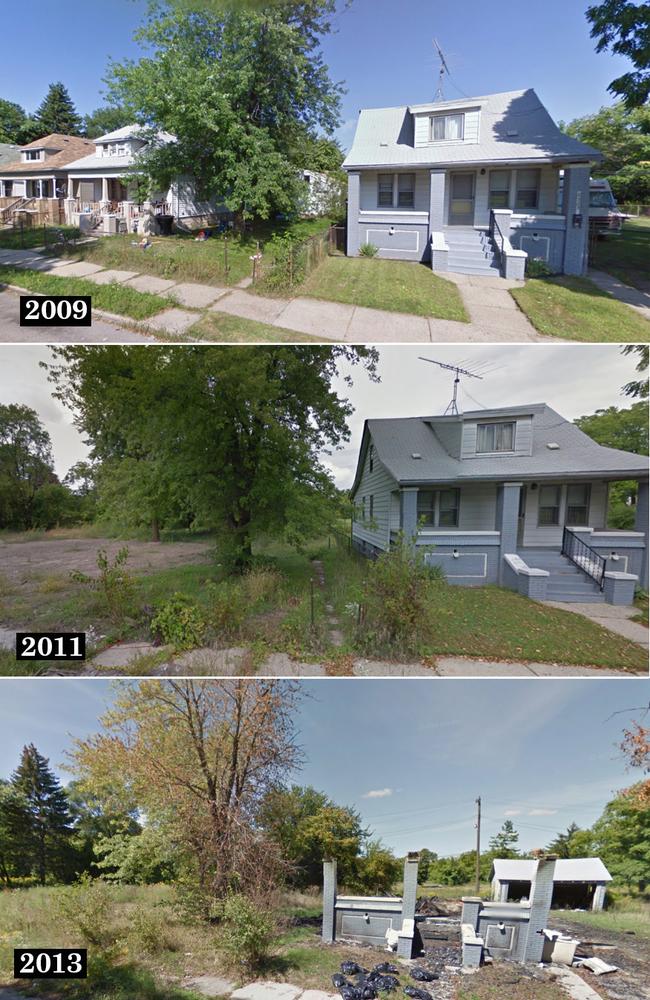
THOSE OLD MOTOR CITY BLUES
Take Detroit as an example. The US city was once an absolute manufacturing powerhouse. Now it is squalid, dangerous and abandoned.
If you’ve never used Google Street View to take a tour around inner Detroit, you should. Detroit’s “inner city” is now something like a jungle. At first they left the empty houses standing, hoping people would come back. But that caused a tidal wave of fire and crime. They now knock them down. The inner city as it remains is a mix of destitute people who can’t afford to move and the slow advance of nature.
Detroit is one of the most dangerous cities in the USA, with a homicide rate almost 50 times higher than Australia. The city itself declared bankruptcy in 2013 as the falling population and failing economy caught up with it.
But Detroit was once very rich. Car manufacturing peaked in Detroit in about 1950, with 300,000 well-paying jobs. By 2013 that was down to an estimated 10,000 car-making jobs in the city. It is not clear if central Detroit can ever recover.
The lesson is clear. Structural change can hurt a place in a lasting way.
To be clear, I’m not saying Adelaide is like Detroit, or will become like Detroit. There are many differences. Australia would never let a major city collapse like that. I’m using Detroit to illustrate why it matters when an industry collapse is concentrated on a small area.
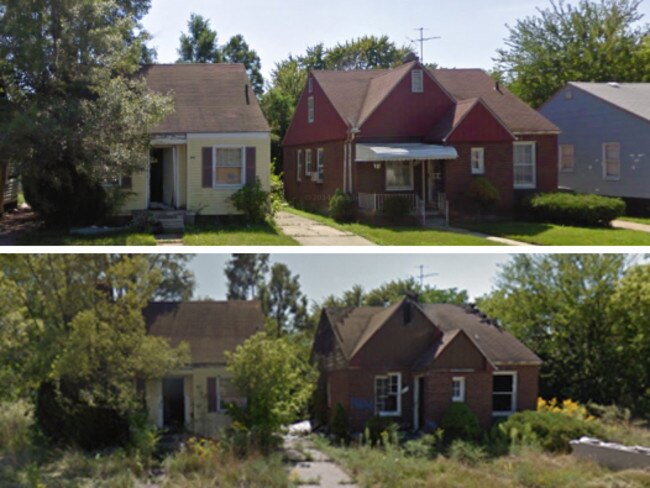
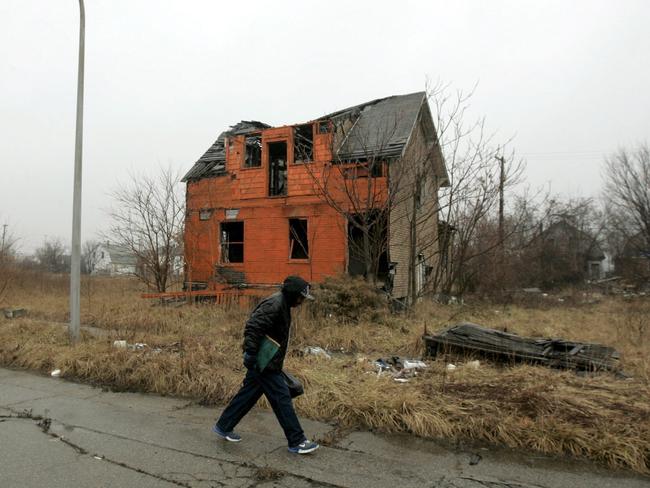
LEAVING TOWN?
Part of the problem with economic models is they assume people move to where the jobs are. But of course that doesn’t always happen.
Most people can’t just leave their family and friends. They stay in disadvantaged areas long after the jobs have dried up, long after the problems have become severe. The effect can go on for generations and you can see it in former industrial towns all over the world.
People might not leave when the jobs go, but businesses do. Component makers and their suppliers — not to mention the suppliers’ suppliers — will all find life tough without an influx of new industries to the state.
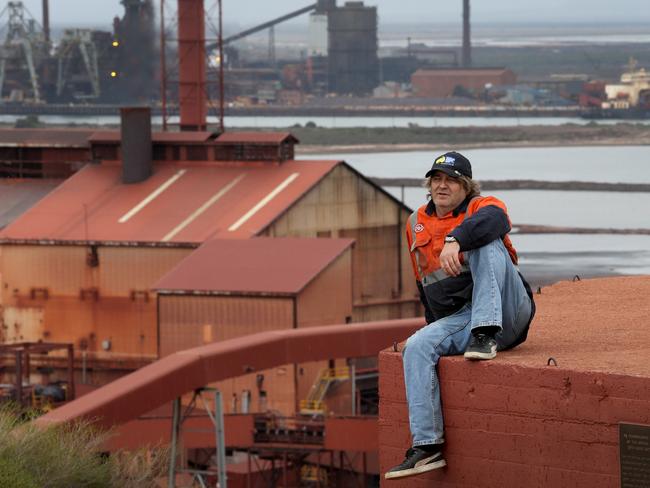
STOP THINGS GOING UNDER WATER
The obvious response to the problems with South Australia is to give the state the contract to build submarines. That’s pretty much a gimme for either side of politics.
The problem with that simple plan is it leaves Adelaide a bit like the Detroit of old, with one big industry driving everything else. What is really needed for resilience is a diverse economy. The sort of economy where former steel workers and former car workers have plenty of other industries they could find jobs in.
South Australia has great industries in tourism, wine, education, the arts, and sport. For now, they’re all a bit small. But South Australians should gamble on growing them. Surely, it is time for SA’s luck to change.
Jason Murphy is an economist. He publishes the blog Thomas The Thinkengine.
Follow Jason on Twitter @Jasemurphy


